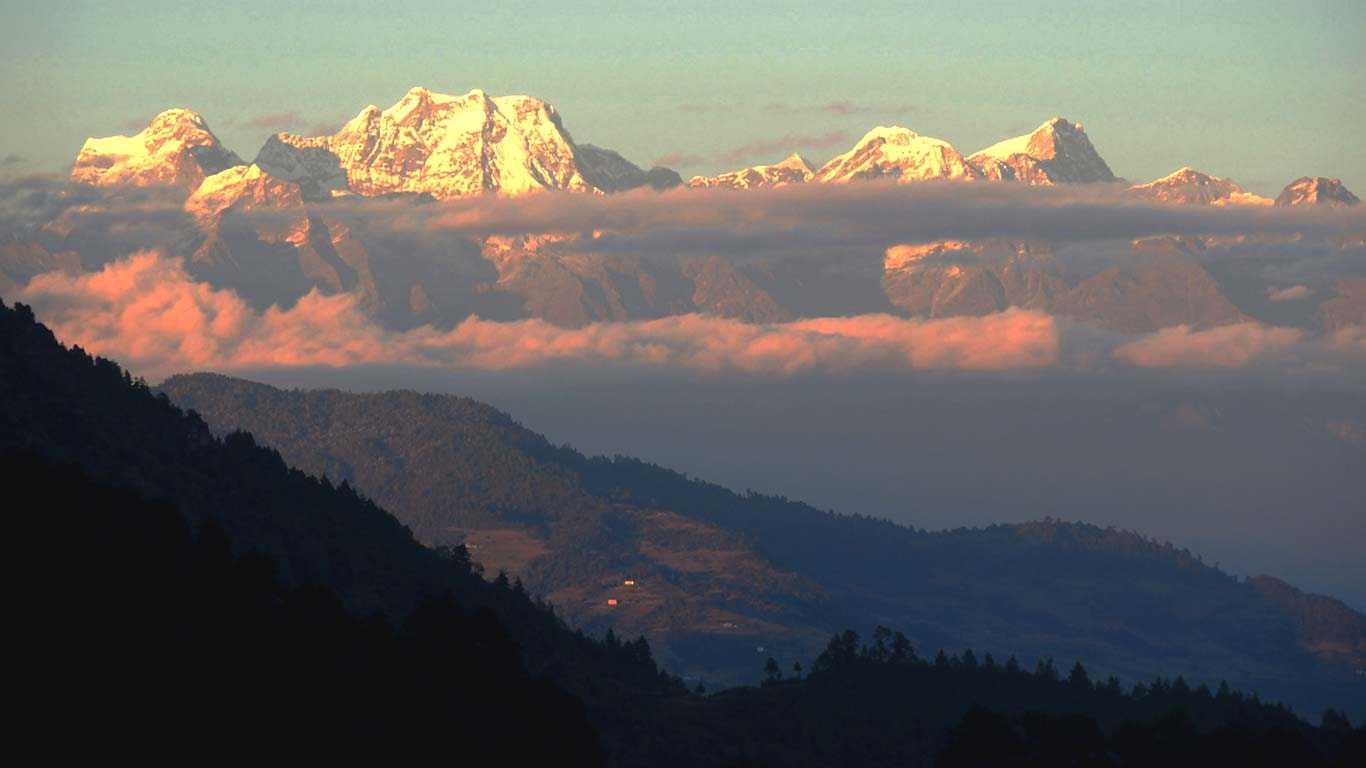Mundum Trek
Date of Departure
trip informaiton
Duration
16 days
Max Altitude
4,153
Difficulty
Moderate
Starts from
Kathmandu
Trips Ends at
Kathmandu
Activity
Accommodation
Meals
Weather
°C
Group Size
Best Season
Region
Everest Region Trekking Packages
Accommodation available during the trek is usually camping and staying in homestays but in some places basic lodges/teahouses are available. In Kathmandu any type of accommodation you wish for from 5-star hotels and resorts, budget hotels, homestays anything is available. In Diktel and Bhojpur, there are minimal lodges/hotels/homestays present and some also have attached bathrooms. Since this route has homestays, we will also be staying in homestays most of the time while we are not camping. Likewise in Salpa Pokhari very basic teahouse is available but for all the rest part of the trek, we will be camping.
Meals
If we are staying in a hotel in Diktel, Bhojpur Nepali, continental, Indian cuisine is available. Whereas in teahouses, only Nepali and basic Indian meals are prepared. While on tented camp, the team will prepare very nutritious and delicious meals.
The meals prepared by the team in camping usually consist of meat of choice, canned tuna, rice, beaten rice, low-weight noodles, pasta, vegetables, and raw snacks. Soft cold drinks, tea/coffee, powdered milk, and hot chocolate are also available.
Likewise, in homestays, the Kiratis will prepare their own ethnic cuisine and two of their traditional meal that you must try is Kinema and Wichipa. Kinema is made by fermenting cooked soybeans, it has a very strong flavor and is highly nutritious that will provide you energy while trekking. Wachipa is also very helpful for trekking as it helps with body aches and constipation.
This food is rather very interesting as it is made up of rice, minced chicken, powder of burnt feathers, and petals of Damlapa flower. Trust me its tastes better than it sounds! The vegetarian alternative of Wachipa is made from rice and petals of different edible flowers.
Similarly, the traditional Nepali meal Dal Bhat is available everywhere. Dal Bhat consists of boiled rice, lentil soup, the meat of choice (optional), vegetable curry, and pickles. It also comes with Nepali deserts but it varies according to place. The travelers will not have to worry about meals the entire trip, they are safe, hygienic, nutritious, yummy, and prepared with love. But if you have any allergies to any meals, we request you to tell your guide in advance.
Drinking Water
Bottled Mineral water, Himalaya Springwater, and boiled and filtered spring water are available during the beginning of the trek. But as we start trekking forward, Himlayan Springwater and Boiled and filtered spring water are only available. The travelers could fill the Himalayan Springwater from the taps, streams, and rivers and purify themselves as well which would not cost you.
The travelers could also bring Chorine drops, UV water purifiers, or water filter hand-pumps if they wish to purify the water yourself. For boiled and filtered water, you will have to buy it from the locals and we suggest you either purify it yourself or buy it from the locals as it would help in sustainable Tourism and local income generation. We also highly advise you to bring a water bottle (non-plastic) so that you could fill the water and it is good for eliminating environmental pollution. While camping, the team will provide you boiled and filtered water from the streams/rivers/taps.


